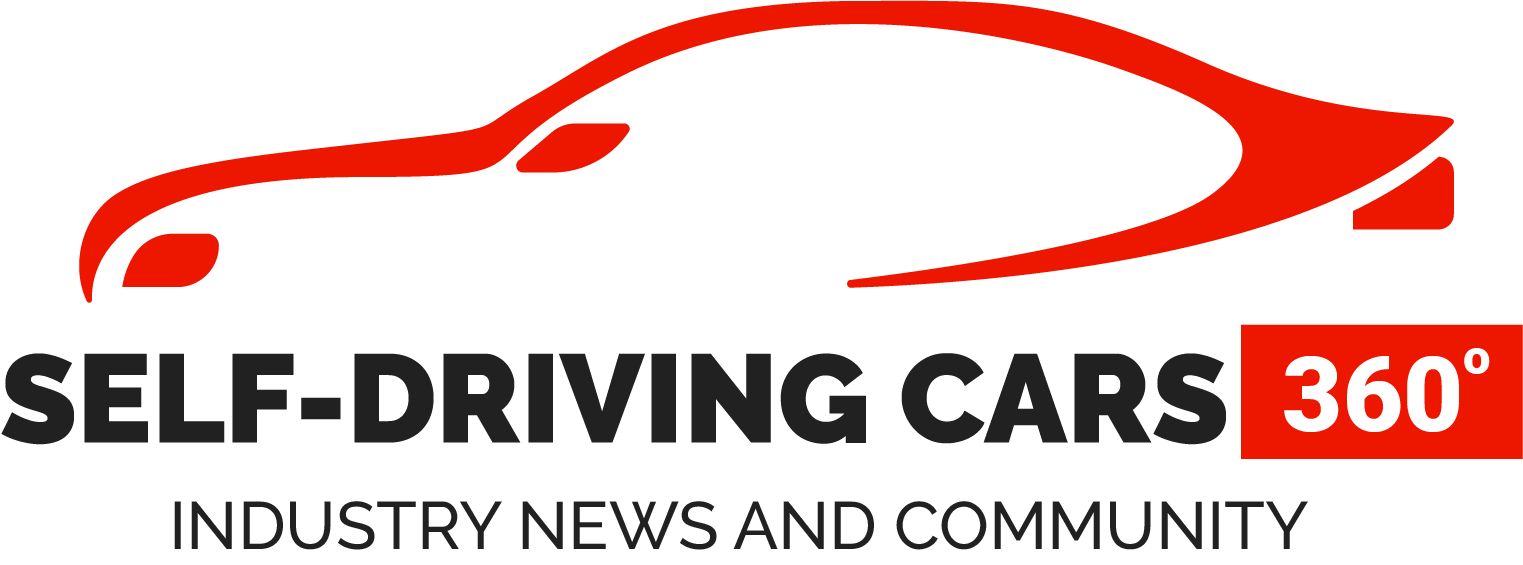While Waymo has not yet released renderings of what its autonomous vehicles would look like without pedals and a streering wheel, other auto companies have. Chandler-based Waymo is urging federal watchdogs to “promptly” remove regulatory barriers that may interfere with producing self-driving cars that have no manual controls like steering wheels or brake pedals.
The autonomous-vehicle company penned a letter on Aug. 28 to the National Highway Traffic Safety Administration, encouraging the agency to “move with all reasonable speed” to adopt new rules with how the government tests unconventional vehicles.
“We urge NHTSA to move ahead promptly to remove the regulatory barriers the agency has identified,” Waymo’s letter stated, claiming regulatory revisions would ensure a timely deployment of self-driving cars without manual controls.
NHTSA posted a notice last year, highlighting challenges it foresaw with how it would test autonomous cars unequipped with traditional controls designed for human drivers.
The current safety standards require vehicles to have manual controls so that regulators can conduct compliance testing. But manufacturers argue these standards need to be rewritten for cars that don’t warrant human controls.
The agency just finished collecting public comments from a variety of stakeholders that included car-builders, nonprofits and drivers fearful of being replaced by a computer.
Waymo submitted a 12-page letter in response to the NHTSA’s notice, claiming autonomous cars can meet the government’s safety metrics without manual controls.
“Waymo has reason to be confident that the currently specified performance can be objectively, repeatably, and reproducibly demonstrated without a steering wheel,” the company wrote in its letter, “so all that needs to change is the test method, not the test metrics.”
Waymo was founded in 2009 by Google’s parent company Alphabet and moved its headquarters to Chandler a couple years ago.
The city’s elected officials have warmly welcomed Waymo by adopting zoning regulations that accommodate the company’s vehicles.
“We are also, as I like to say, the epicenter of autonomous vehicle development, with companies like Intel and Waymo shaping the future of transportation,” Mayor Kevin Hartke said in a speech earlier this year.
The company’s white minivans can be seen circulating around Chandler on a regular basis, picking up and dropping off residents all across the city. Waymo has a trained driver often accompanying riders to monitor the autonomous car.
The company’s current fleet of cars is built with manual controls and Waymo says it hasn’t designed or deployed a car without them.
Safety has long been emphasized as the company’s first priority, claiming its technology could help eliminate the human error that goes along with traditional driving.
But some safety advocates worry the government is moving too fast with revising regulations.
Advocates for Highway and Auto Safety told NHTSA it was unnecessary to rapidly change existing rules when too many unknowns exist in the industry.
“While autonomous vehicles hold the promise of improving safety, reducing congestion and improving mobility, a promise is different than proof,” the organization wrote in a letter to the agency.
Consumer Reports, a nonprofit organization, found it unclear why NHTSA would devote its limited resources to fixing “supposed” barriers that it thinks might not be barriers at all.
“There are more important subjects the agency should be focusing on than ‘removing regulatory barriers,’ especially given the robust pace of industry innovation in many areas today,” the nonprofit told the federal agency in a letter.
NHTSA pondered various new options for how it could test the safety of self-driving cars with no human controls.
One of them included having engineers operate vehicles externally through some sort of remote control, also known as “teleoperation.”
Waymo told NHTSA this type of testing method was “impractical” and could make the technology vulnerable to outside attacks.
“The introduction of external control capability not provided by the (autonomous vehicle’s) original design would require fundamental design changes that would introduce unwarranted security issues by opening the architecture to hostile intrusions…” the company wrote in its letter.
Another proposal made by NHTSA was to test a surrogate, or “sister,” vehicle with human controls that had the same platform as the autonomous car.
Waymo thinks adoption of this approach, combined with other methods, could be an alternative that would allow more adequate time for NHTSA to develop a more tailored testing procedure.
Source: www.eastvalleytribune.com




GIPHY App Key not set. Please check settings